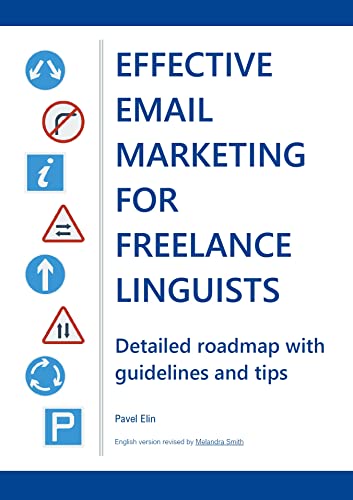This book review is a guest post by Karolina Łachmacka. See the page Books on My Shelves for more reviews. There are also links to reviews on other blogs and a comprehensive reading list on Books on Translation & Interpreting.
If you’d like to write a book review for this blog, please get in touch.

In Pavel Elin’s concise yet information-packed ebook, he convinces readers that effective email marketing is not only possible but can also bring some rewarding results.
Linguists are often either introverts who are uncomfortable with putting themselves in the spotlight, or they just don’t have a clue about how to approach marketing. There is a wealth of information out there, and linguists can most likely adapt the tips and tricks in ebooks and blog posts to their needs and industry-specific environment.
This ebook, however, offers some concrete instructions and methods you can easily adopt and then run with. It really is a roadmap, as the title suggests.






 Way back in 2015, I asked my blog readers whether the purchase order I’d produced was merely a
Way back in 2015, I asked my blog readers whether the purchase order I’d produced was merely a  Cette version française de mon article de blog
Cette version française de mon article de blog